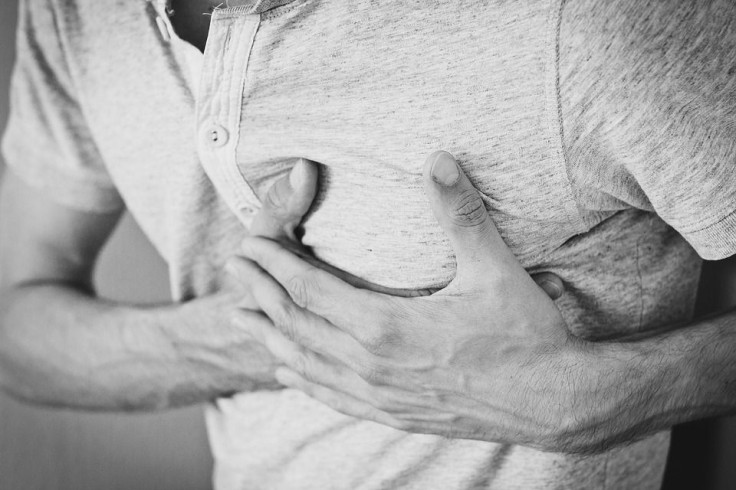Coronavirus Symptom: Pediatric Patients With Chest Pain Should Be Tested For COVID-19

A 16-year-old boy who complained of intense pain in his chest that radiated to his left arm was rushed to the emergency department in Lombardy, Italy. Soon after he tested positive for COVID-19.
The previous day he had a fever that came down after taking nimesulide. He did not experience any other symptoms or had any medical history. Also, there was no reported contact with anyone who was infected with the coronavirus.
On the day of hospitalization, he complained of further chest pain. But there were no significant changes noted in the electrocardiogram (ECG). He was given intravenous ibuprofen and both his symptoms and elevated temperature resolved soon.
A nasopharyngeal swab test taken the next day tested positive for SARS-CoV-2 and therefore, the doctors gave him hydroxychloroquine and antiviral therapy. And a week later, 2 consecutive nasopharyngeal swabs tested negative for COVID-19 and was discharged the next day.
Throughout his stay at the hospital, the patient didn’t experience any other COVID-19 symptoms other than a fever.
“Paediatric patients reporting chest pain and other features suggestive of acute myocarditis—with or without respiratory symptoms—should, we believe, also be tested for SARS-CoV-2,” said the study authors in their paper published in The Lancet.
Another study published Thursday (June 25) which sought to capture key data on children and adolescents with SARS-CoV-2 across Europe revealed that COVID-19 is generally a mild disease in children including infants.
The study also pointed out that a small proportion of pediatric patients might develop severe illness that might require ICU admission and prolonged ventilator support.
Although fatal outcomes might be rare in children, the study highlighted the current uncertainties pertaining to specific treatment options.
The researchers emphasized that their findings should be considered while planning for demand on intensive care services as the pandemic progresses.
Key findings of the study:
- The most commonly reported symptom was fever (65%)
- 54% had signs of upper respiratory tract infection
- 25% had pneumonia
- Around 22% of the children experienced gastrointestinal symptoms
- 16% of the pediatric COVID-19 patients were asymptomatic
- 87% did not require oxygen or other devices to support breathing
- Only 4% needed mechanical ventilator support
© Copyright IBTimes 2025. All rights reserved.





















